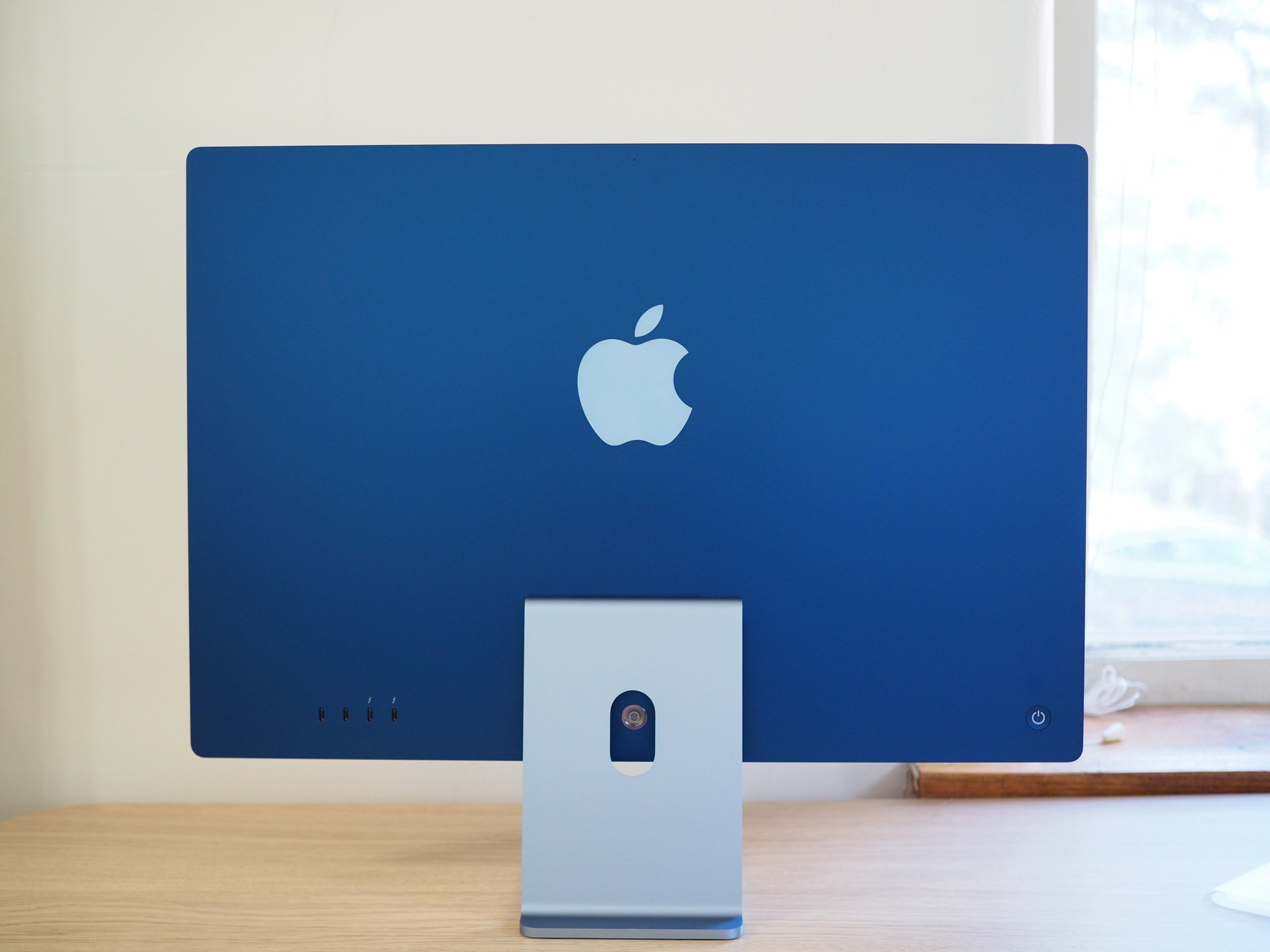A recent move suggests Apple's respecting Intel Mac customers much more than its earlier PowerPC users.
Way back in 2005, I purchased a new iMac. It was a first-anniversary gift to my wife. I didn't know it at the time, but neither the computer nor my marriage would survive the decade. That iMac turned out to be one of the company's last PowerPC products. From then on, Apple only released Intel-based Macs.
Millions of Intel Mac customers are now experiencing what my family went through nearly two decades ago. Go anywhere Apple products are sold, and there's now an odd mix of Intel- and Apple silicon-based Macs for sale. Though all are being sold as new, which they are, only the ones with an M1 system-on-chip (SoC) inside will support everything macOS Monterey has to offer when it's released this fall. Depending on the machine sitting in front of you, this could be taken as progress or a swift kick in the teeth.
Intel-based Mac owners are undoubtedly going to increasingly lose out on new Mac features in the coming years. And yet, a recent Apple move suggests no one is being thrown overboard, at least in the short-term.
An about-face?
When macOS Monterey was announced in June, news quickly followed that some of the update's new features would be exclusive to Apple silicon customers and not work on all of the best Macs. The list included Portrait Mode in FaceTime, Live Text, 3D Maps control, Spatial Audio, advanced Siri features, Object Capture, and more.
With the latest macOS Monterey beta release, one of those exclusives is no more. Live Text, which lets you easily highlight any text in an image and copy it into another app, now works on Intel-based Macs.
When the fourth macOS Monterey developer beta was released, Rene Ritchie tweeted that Apple could bring the feature to Intel Macs because it didn't need a camera system to scan text, which isn't the case with iPhone and iPad.
He also said the switch was likely because "Apple prioritized it based on demand."
macOS Monterey Beta 4 includes Live Text for Intel Macs 🎉
— Rene Ritchie (@reneritchie) July 27, 2021
Sounds like Apple prioritized it based on demand, but it was made much easier by the lack of real-time requirements for a camera system
(So instead of kicking it to the ANE, it'll just process opportunistically) pic.twitter.com/vM5Nd7TGh8
Regardless of the reason, it's nice to see at least one of those Apple silicon exclusives have apparently gone away.
A new path
When Cupertino revealed its plans for Apple silicon in mid-2020, I thought back to that 2005 iMac and the feeling many PowerPC customers felt at the time. Though Apple continued to support those final PowerPC Macs throughout their lifecycle, it was clear as soon as the first Intel-based Mac arrived, that's where the company would build its future and the hell with legacy customers.
The newest Mac transition feels different and much more positive and customer focused.
Whether because of technical limitations or more awareness for its customers, or a combination of both, Apple seems to be taking a different path in moving away from Intel. From staggering its release of Apple silicon machines over a two-year period (while also releasing a few new Intel-based products) to the support change for Live Text, Apple is showing a lot of respect for its Intel Mac customers.
The newest Mac transition feels different and much more positive and customer focused.
The time will quickly come when a combination of events will make it unwise to continue using an Intel-based Mac. However, it now appears that moment in time will feel no different than the normal process of technology products becoming outdated. If true, that would be a huge development, and Apple would deserve major kudos for marching down that path.
Where things stand
As a reminder, there are currently four M1-based products on the market: the recently released 24-inch iMac (2021), Mac mini (2020), 13-inch MacBook Pro (M1, 2020), and MacBook Air (M1, 2020). These have joined existing Intel-based Macs, including an older Mac mini, 16-inch MacBook Pro (2019), 13-inch MacBook Pro (2020), 27-inch iMac (2020), and Mac Pro.
Apple's expected to replace the 16-inch MacBook Pro later this year with an Apple silicon version. Additionally, an all-new 14-inch model with Apple silicon could arrive to replace the final Intel-based 13-inch MacBook Pro.
Looking ahead, in 2022, the 27-inch iMac is expected to get an Apple silicon replacement. However, the time frame is highly speculative at this point.
And Mac Pro? Rumors suggest they'll be one final Intel-based model released before Apple silicon finds its way to the company's most expensive desktop.
Thoughts or questions? Use the comments section below and let us know what you think.


0 Commentaires